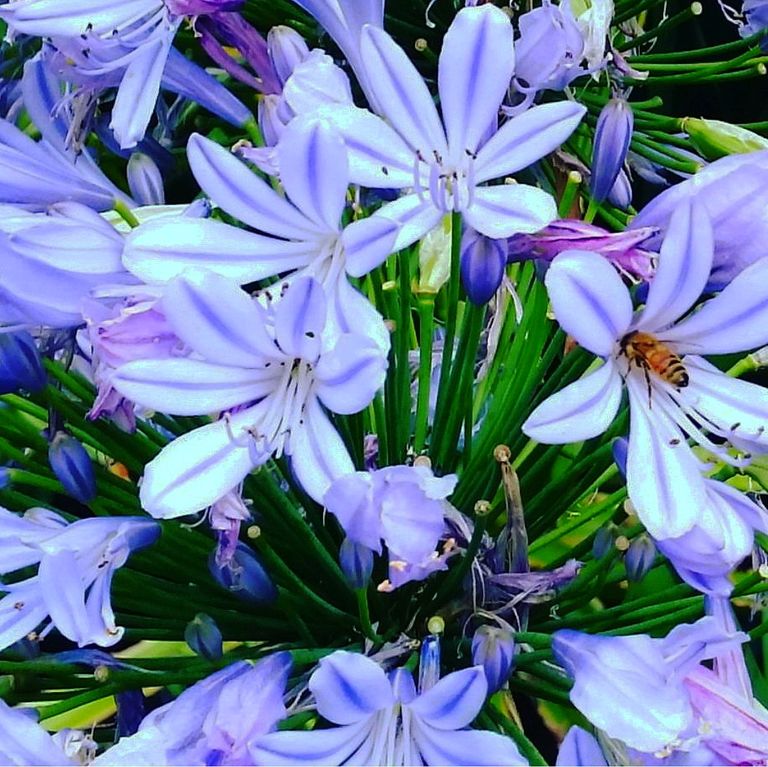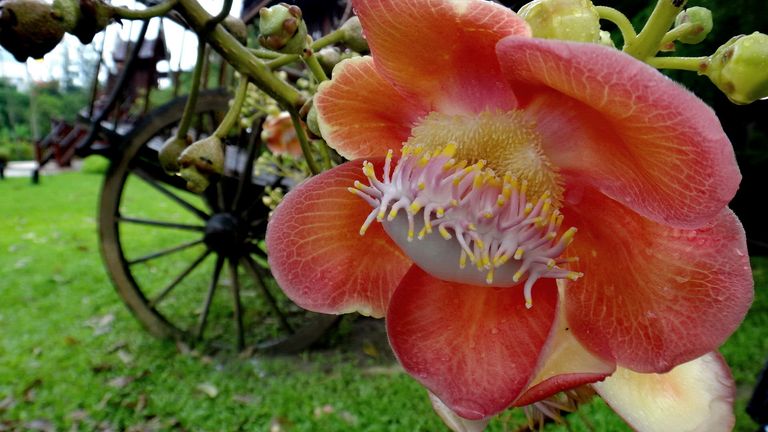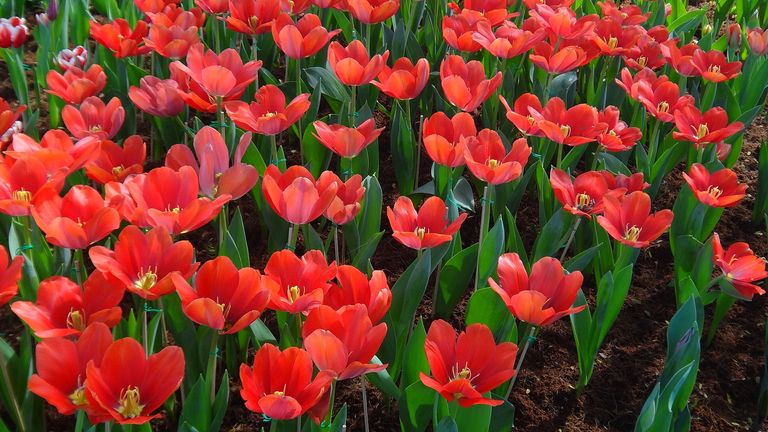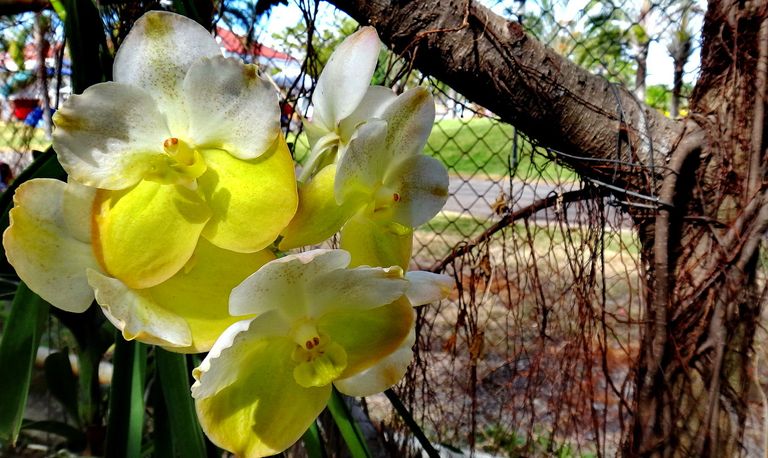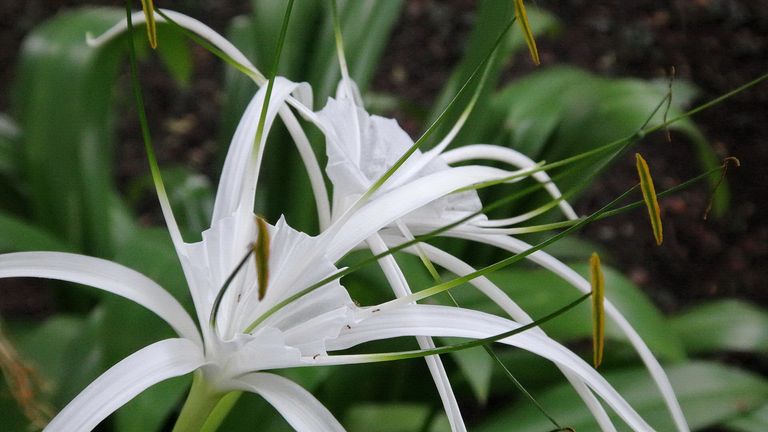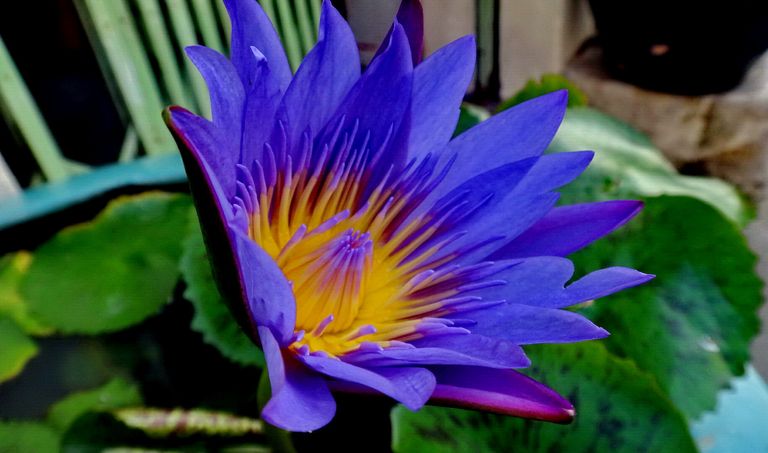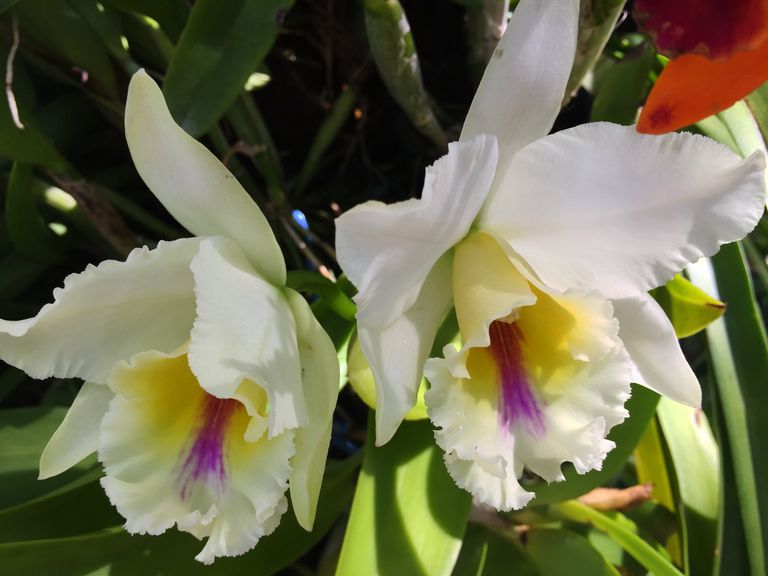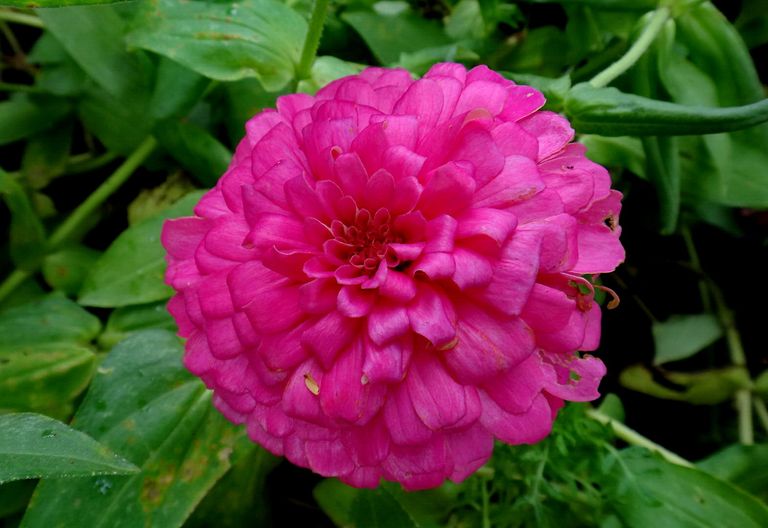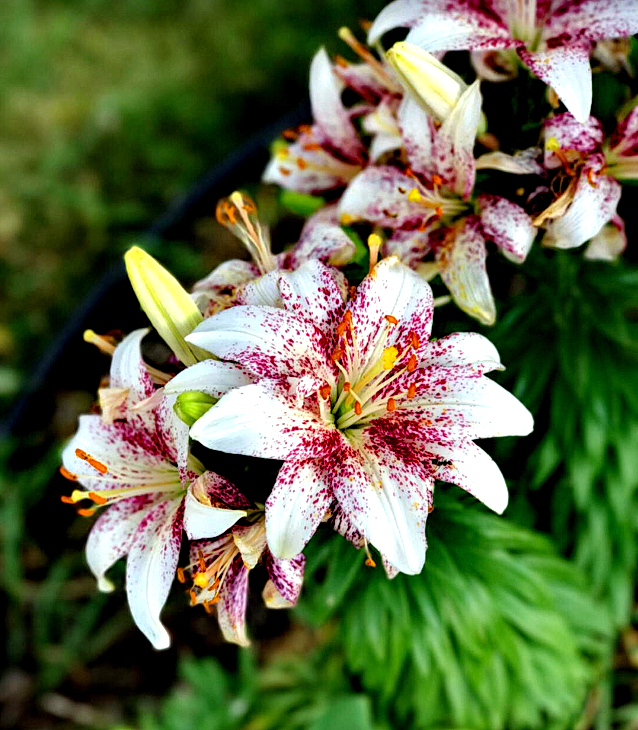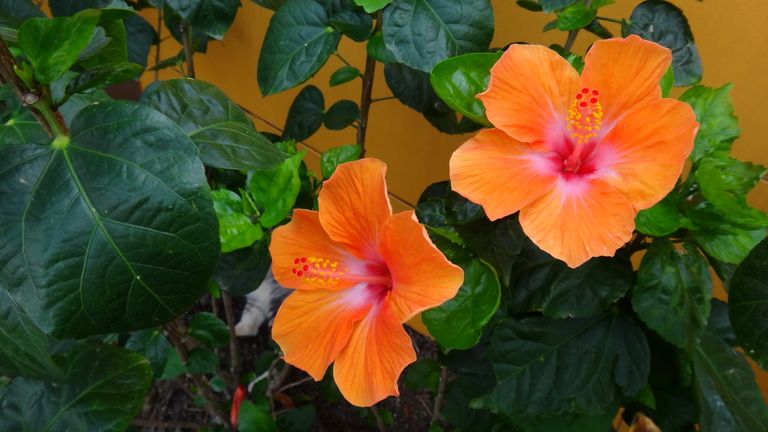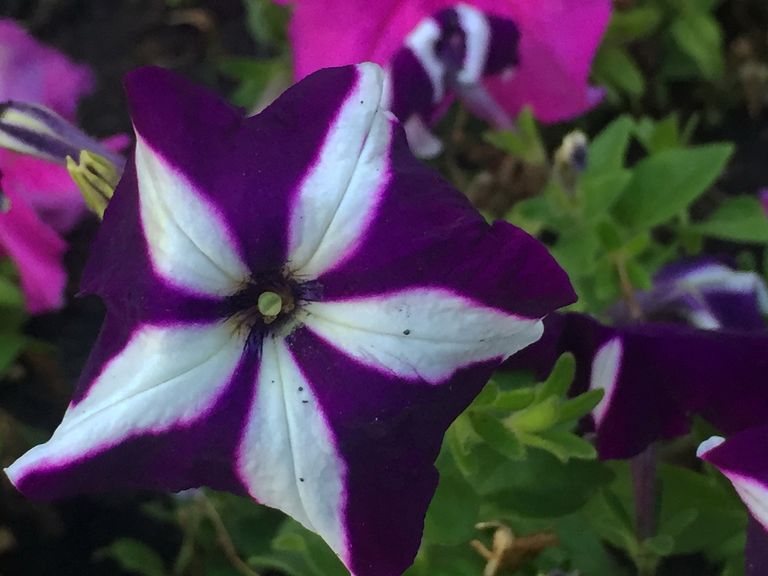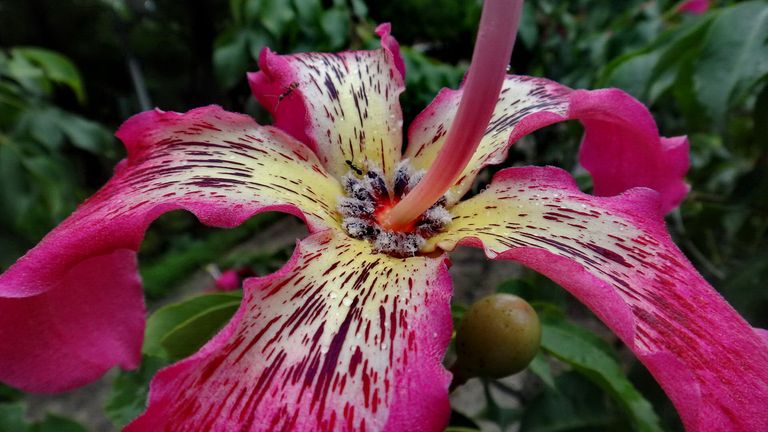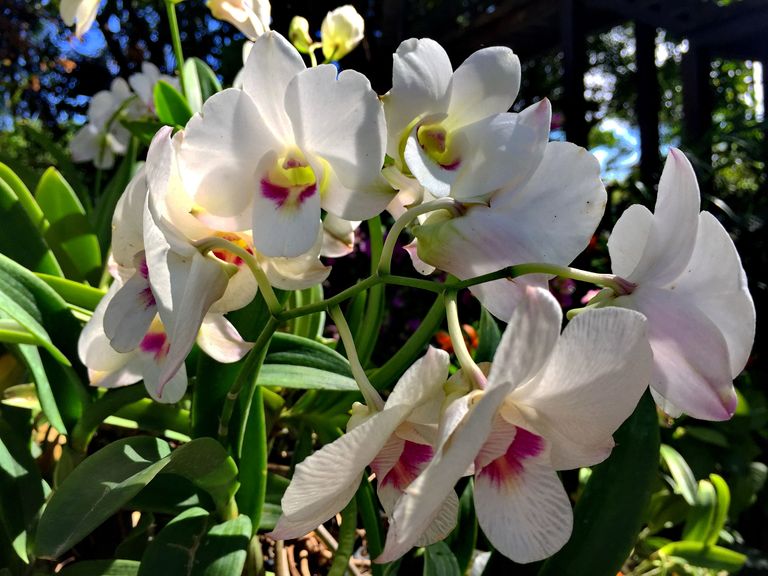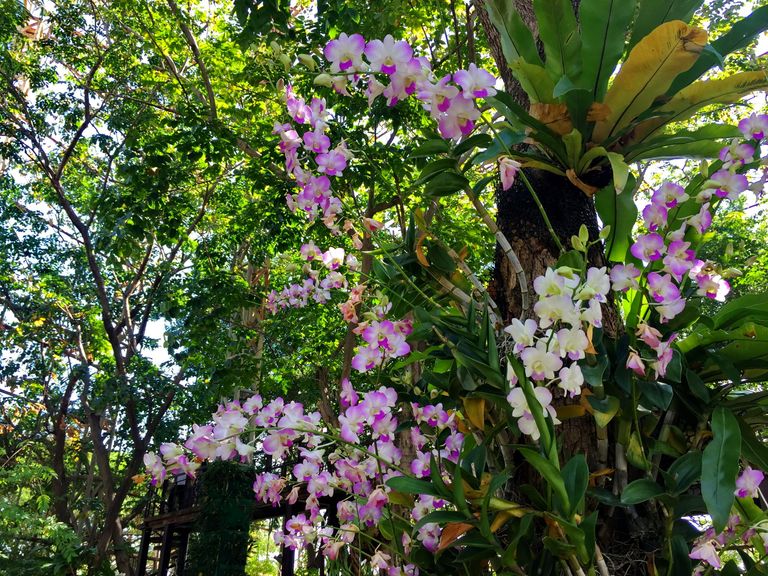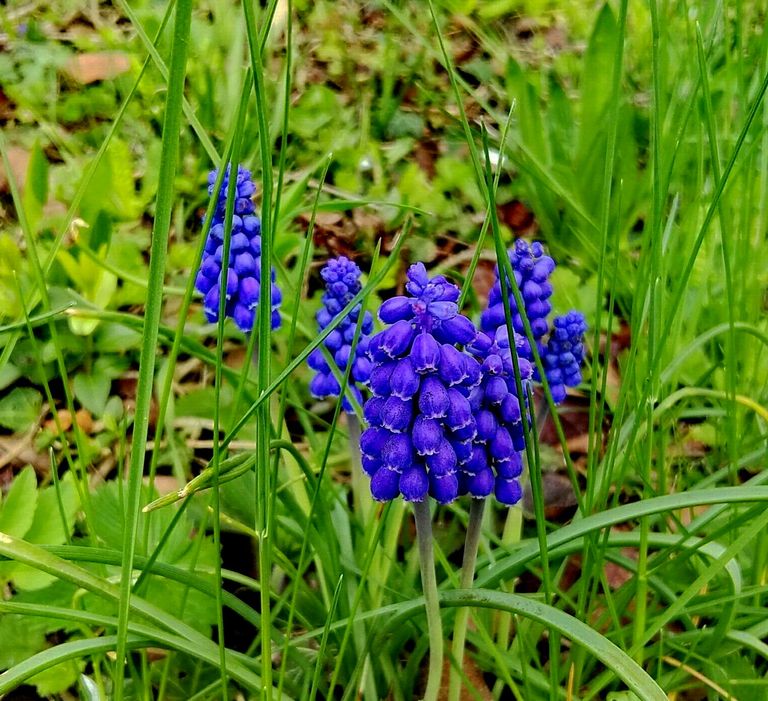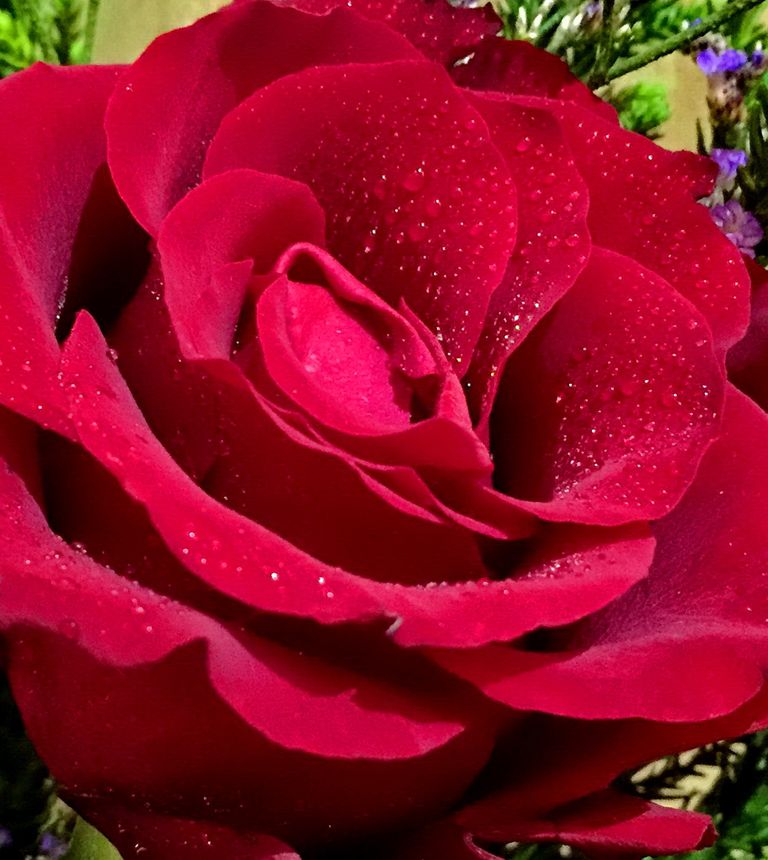Flowers are among nature’s most exquisite creations, celebrated for their beauty, diversity, and essential role in the ecosystem. These vibrant and delicate structures captivate our senses with their colors, shapes, and fragrances, while also serving crucial functions in maintaining ecological balance and supporting biodiversity. This essay explores the aesthetic appeal of flowers, their biological significance, and their vital contributions to the environment.
The Aesthetic Beauty of Flowers
Visual Splendor
Flowers come in an astounding variety of colors, patterns, and forms, each with its unique charm. From the vibrant hues of tulips and roses to the intricate designs of orchids and lilies, flowers display an array of visual spectacles. This diversity is not just pleasing to the eye but also a result of evolutionary processes aimed at attracting pollinators.
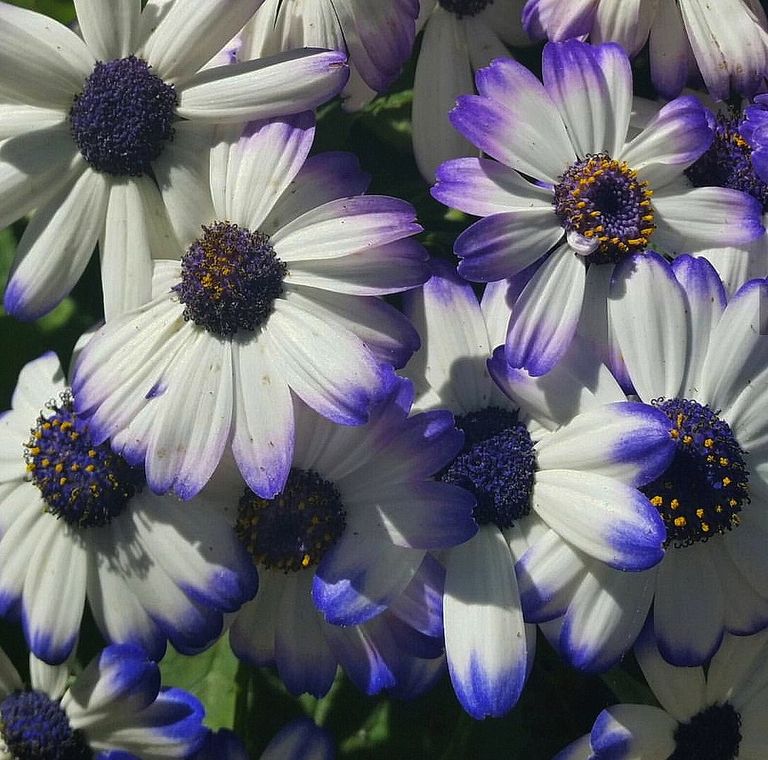
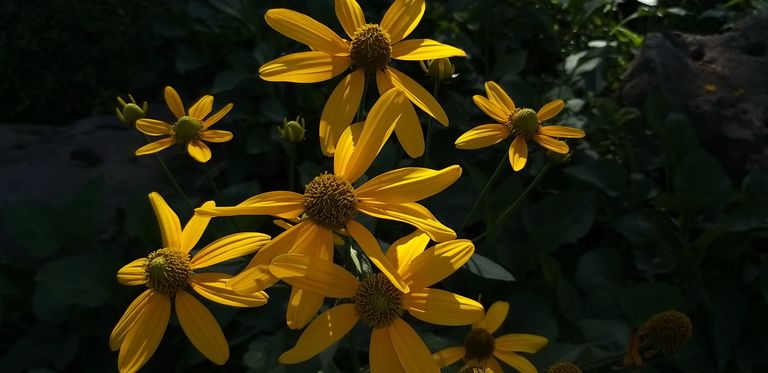
Fragrance and Sensory Delight
The fragrances of flowers add another dimension to their allure. Floral scents range from the sweet and intoxicating aroma of jasmine and gardenias to the subtle and fresh smell of lavender and daisies. These scents not only attract pollinators but also evoke emotions and memories in humans, contributing to our mental well-being and sense of connection with nature.
Symbolism and Cultural Significance
Flowers hold profound symbolic meanings in various cultures and traditions. They are used to convey emotions, celebrate milestones, and perform rituals. For instance, the red rose symbolizes love and passion, the lotus represents purity and spiritual enlightenment in many Asian cultures, and the poppy is a symbol of remembrance for fallen soldiers. This cultural significance adds layers of meaning to their natural beauty.
The Biological Significance of Flowers
Pollination and Reproduction
The primary biological function of flowers is to facilitate plant reproduction through pollination. Flowers produce nectar and pollen, which attract pollinators such as bees, butterflies, birds, and bats. When pollinators visit flowers to feed, they inadvertently transfer pollen from one flower to another, enabling fertilization and the production of seeds. This process is crucial for the propagation of many plant species.
Genetic Diversity
Flowers play a key role in promoting genetic diversity within plant populations. Cross-pollination, where pollen from one plant fertilizes the ovules of another, leads to genetic variation. This variation is essential for the adaptation and resilience of plant species, allowing them to thrive in changing environments and resist diseases.
Food Production
Many of the foods we consume are direct products of flowering plants. Fruits, vegetables, nuts, and seeds all originate from flowers. Crops such as apples, tomatoes, almonds, and rice rely on the pollination process to produce the edible parts that are fundamental to our diets. Thus, flowers are integral to global food security.
Flowers in the Ecosystem
Supporting Biodiversity
Flowers are vital components of ecosystems, supporting a wide range of organisms. They provide food and habitat for pollinators, which in turn are crucial for the survival of numerous plant species. This interdependence between flowers and pollinators fosters biodiversity, ensuring the stability and health of ecosystems.
Soil Health and Erosion Control
Flowering plants, with their extensive root systems, help maintain soil health and prevent erosion. Their roots bind the soil, reducing the risk of erosion caused by wind and water. Additionally, the organic matter from decomposing flowers and plants enriches the soil with nutrients, promoting healthy plant growth and sustaining the ecosystem.
Climate Regulation
Flowering plants contribute to climate regulation through photosynthesis, a process in which they absorb carbon dioxide and release oxygen. This helps mitigate the impact of greenhouse gases and supports the overall balance of the atmosphere. Forests, grasslands, and meadows teeming with flowering plants act as carbon sinks, playing a significant role in combating climate change.
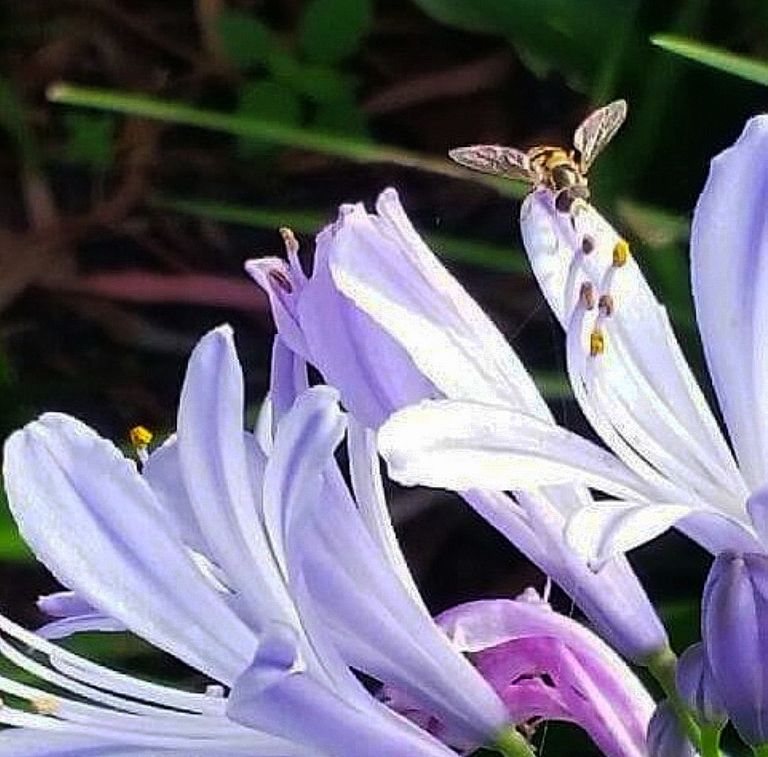
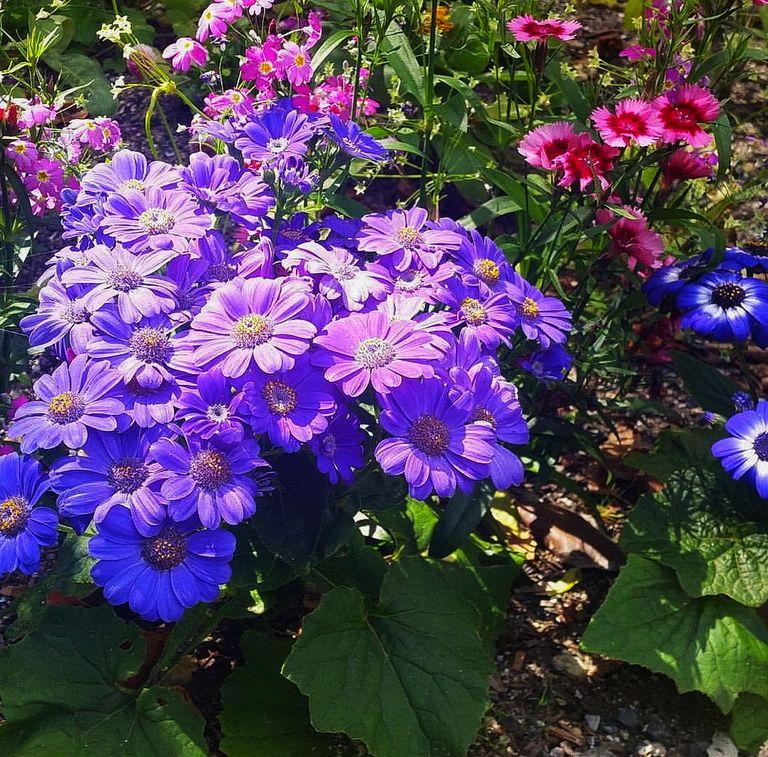
Conclusion
Flowers are nature's masterpieces, blending aesthetic beauty with indispensable ecological functions. Their vibrant colors, enchanting fragrances, and cultural significance captivate our hearts and minds, while their biological roles in pollination, genetic diversity, and food production underpin the health of ecosystems and human societies. By supporting biodiversity, enhancing soil health, and contributing to climate regulation, flowers are fundamental to the well-being of our planet. As we appreciate their beauty, it is equally important to recognize and protect the vital roles they play in maintaining the delicate balance of nature.
